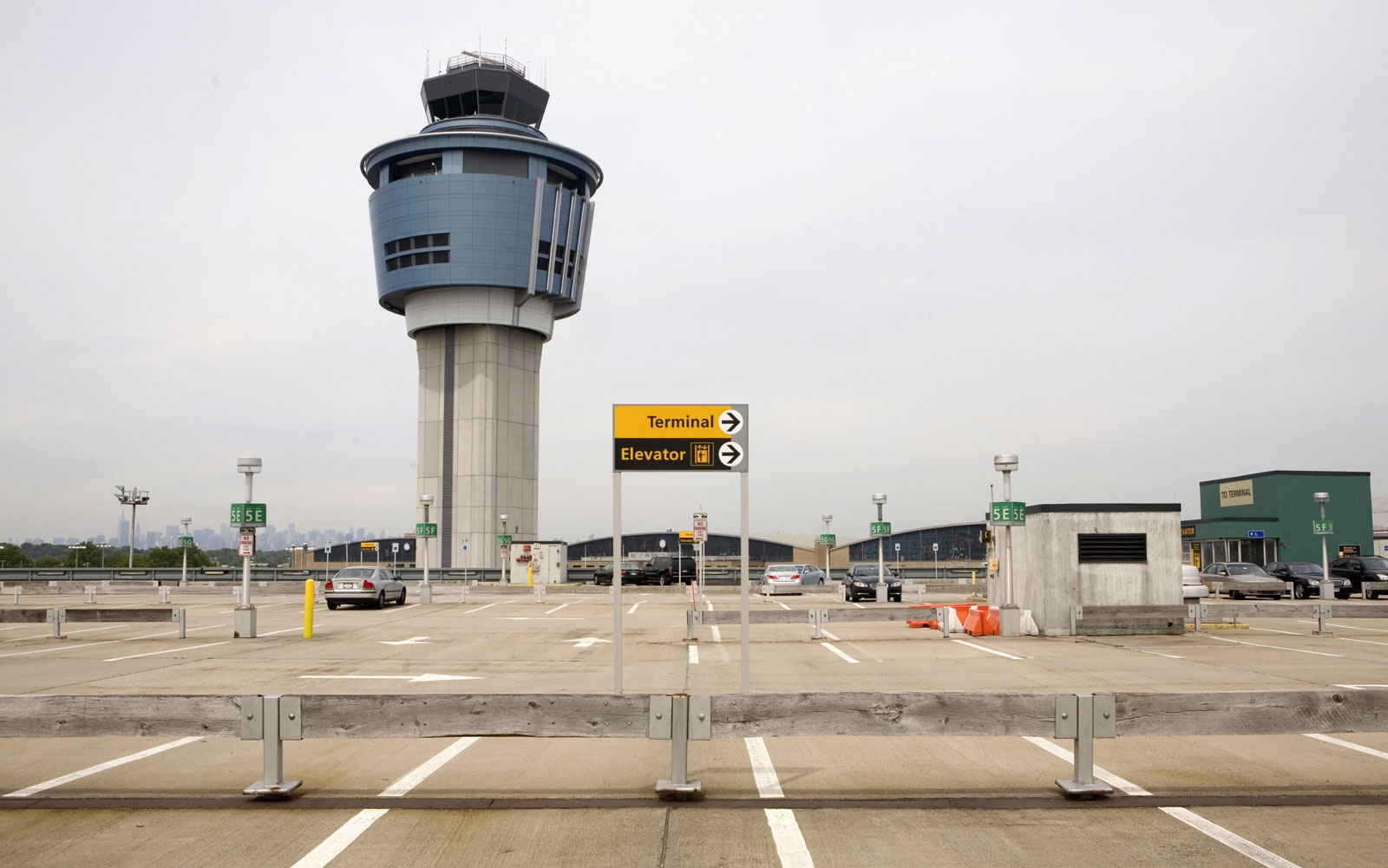
A city like New York requires an airport that functions significantly better than the current LaGuardia. The new LaGuardia is not it.
Let there be no doubt: New York’s LaGuardia Airport desperately needs to be fixed. The 50-year-old Central Terminal Building, in particular, (barely) stands as an outdated, cramped, decrepit welcome for millions of passengers each year.
Dank, narrow hallways, overcrowded gate areas bottle passengers up inside while pilots and air traffic controllers are challenged by narrow alleyways and limited options for routing planes on the ground. Plus the airport sits in the middle of the busiest airspace in the USA. There is very little good about the situation.
And so there is joy in the fact that a proposal has been offered for rebuilding the facility. The new facility will, no doubt, be more attractive to look at than the current LaGuardia. It also probably won’t have the leaking roof issues or the generally dirty, gritty feel of the CTB. But simply making the new LaGuardia a prettier facility misses the point:
New York City needs a more functional airport and the proposed new LaGuardia is not that airport.
First, the good news: When travelers arrive at the new LaGuardia, they won’t have to deal with the chaos that ensues from having three buildings and five security areas, all separate from one another. The status quo is difficult to navigate (some connections may require a bus ride as part of the terminal change), makes clearing security a challenge and limits access to concessions. In the proposed design all of the passenger gates will be connected inside security and in a single building. This will improve passenger flow and make concessions and lounges accessible to everyone, regardless of which airline they are flying. To help alleviate issues with aircraft movement on the ground and ease gate access—both causes for delays—there will be nearly two miles of added aircraft taxiway.
And then there’s the bad news. The $4,000,000,000 price tag is a good place to start. Not only is it a massive amount of money to spend, it’s also a number that is likely to grow. And it doesn’t include the costs associated with developing the eastern half of the new facility, since Delta is paying for all that.
Then there’s the timeline. The Port Authority may have pulled off projects at JFK airport on time and on budget, but they were much smaller efforts than a full terminal rebuild. The projected timeline of five years on this project seems unrealistic at best.
Even worse is the question of transportation, a key component of an airport well beyond the flow of airplanes. For travelers looking to fly out of the new LaGuardia, commuting to the airport from Manhattan, Brooklyn, and beyond will become harder, not easier. The message is clear: the choices that have been made aren’t based on traveler convenience; they’re based on political benefit.
A typical mass transit commute for most passengers to the airport today involves taking one of five MTA subway trains to a one-stop express bus. It is not a single-seat ride but it offers multiple options and easy connections. The new proposal has passengers taking an AirTrain connection to the NYC Subway system at Willets Point where just a single subway line is available (even the options to connect to the Long Island Rail Road are fewer and less convenient than what exists today). Still not a single seat ride and for many passengers now an additional transfer; that’s worse, not better.
If that doesn’t sound like fun, you can also take a (possibly scenic?) ferry ride—this service will return thanks to a new dock constructed adjacent to the Marine Air Terminal, allowing for service to Manhattan. But don’t get your hopes up. A similar operation existed in the late 1990s and again in the mid-2000s and neither time did it show any signs of commercial success. Plus, getting from the terminal to the ferry (or vice versa) will also require a bus or taxi. There is nothing efficient about that transit plan.
Maybe you want to just give up on public transit and take a cab, or even drive yourself. In that case, the new design will present a whole separate set of challenges! Moving the terminal closer to the Grand Central Parkway creates the space for the additional airplane taxiways but removes the space currently used by the city’s ubiquitous yellow taxis for queuing. It removes the parking garages where individuals park their cars. And it removes many of the access roads which support vehicles use every day. Some of this parking will be moved off-site, ensuring that the AirTrain has more riders on every trip.
All of this might be worth enduring if ultimately the construction, expense, and hassle could solve the ultimate problem of delays. But LaGuardia is hemmed in on three sides by water. It is situated in the midst of one of the busiest air traffic corridors in the world. And it has to contend with limited aircraft routing options, particularly in inclement weather. None of these problems are being solved—and therefore LaGuardia’s biggest issue will continue to persist. Which is to say that what Governor Cuomo has proposed here is a $4 billion effort to make the area passengers are stuck waiting in a more comfortable one—maybe with some better food options, or maybe a place to sleep if the delays get really bad. Thanks, Cuomo. We frequent fliers will really appreciate that.
More good reads from T+L:
• World's Best Hotels
• World's Best Cities
• 25 Secret European Villages